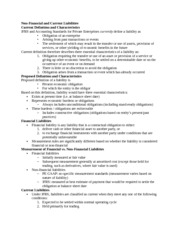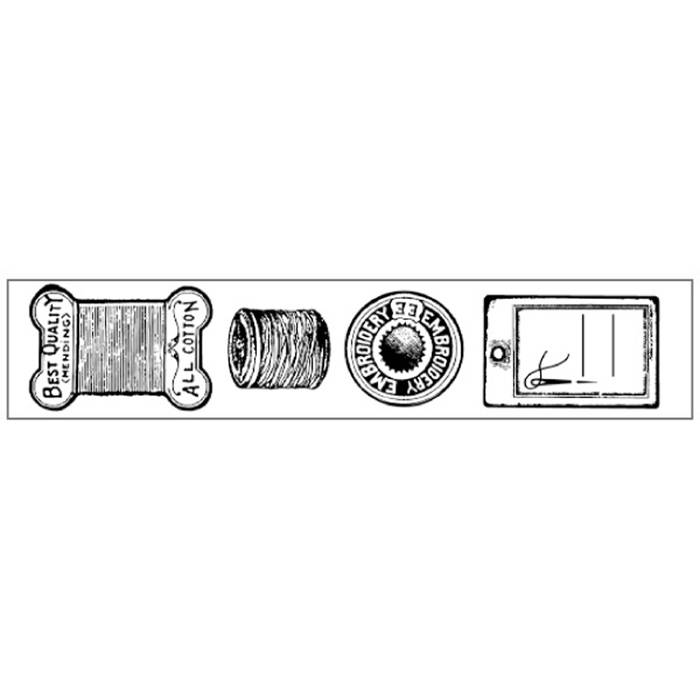
As the owner, you’ll find that it’s easy to become wrapped up in the day-to-day tasks of running your business while ignoring that growing stack of papers on your desk. But ignoring that stack of papers can create more work for you down the road. Accounting for Startup Costs If you’re still on the fence about handling basic bookkeeping or accounting for your business, you’re not alone. If the thought of doing your books is overwhelming, you have plenty of other options including enlisting the help of a CPA.

In general, saving at least 25% of business profits is advisable, but you should talk to a reputable tax professional for advice. Below are some of the insurance options you may want to consider, along with the median monthly premium for each. The SBA advises limiting your marketing expenses to 7% or 8% of your revenue. However, if your profit margins are on the low side (less than 10%), you might want to adjust your marketing budget down until those numbers improve. The first step is to make a list of all the purchases you’ll need to make in order to start operating. The Taxpayer Bill of Rights describes 10 basic rights that all taxpayers have when dealing with the IRS.
Free Guided Setup
Luckily, accounting firms don’t need a physical space to operate successfully. And like the traditional brick and mortar approach, having a home-based or virtual business brings both opportunities and challenges that are unique to that approach. When considering a home-based business, it’s important to think about the unique challenges and opportunities involved. However, if you are looking to focus on the multitude of other services accounting firms provide, it’s likely not a necessary credential to start. And while there are certain state-by-state exceptions about what can and cannot be undertaken by a CPA, they are not a requirement for starting an accounting firm. If you’re a brand-new business, chances are you don’t have any tax returns yet.
You must give a copy of each information return you are required to file to the recipient or payer. In addition to the forms described below, you may have to use other returns to report certain kinds of payments or transactions. For more details on information returns and when you have to file them, see the General Instructions for Certain Information Returns. Generally, an S corporation is exempt from federal income tax other than tax on certain capital gains and passive income. A sole proprietorship is an unincorporated business that is owned by one individual.
If you have more than one EIN and are not sure which to use, contact the Internal Revenue Service Center where you file your return. Give the numbers you have, the name and address to which each was assigned, and the address of your main place of business. The profit of a C corporation is taxed to the corporation when earned, and then is taxed to the shareholders when distributed as dividends. However, shareholders cannot deduct any loss of the corporation.
Beyond just completing your regular tax returns, you will want to look at available tax credits, like the research & development tax credit. You need a startup accounting expert to support you through processes like this. Each industry and business requires vastly different expenses, which means there’s no simple formula for calculating startup costs.
File
Be sure you have a backup for every charge on your credit card statement. This is particularly important if you have a company credit card that is used by multiple employees. There are many different types of accounting software to choose from. Some of them cost a lot of money, while others may require just a small monthly fee.
Medicare tax pays for benefits under the hospital insurance part of FICA. You withhold part of these taxes from your employee’s wages and you pay a part yourself. To find out how much social security and Medicare tax to withhold and to pay, see Pub. It has tax calendars that tell you when to file returns and make tax payments..
If the amounts do not balance, you have made an error and you must find and correct it. When your checkbook balance agrees with the balance figured from the journal entries, you may begin reconciling your checkbook with the bank statement. Many banks print a reconciliation worksheet on the back of the statement. After checking your figures, the result should agree with your checkbook balance at the end of the month. If the result does not agree, you may have made an error in recording a check or deposit.
Account for differences in your business
If your company plans to sell products to its customers, you’ll need to have some inventory on hand to fulfill orders. Inventory costs can require a significant financial investment. But the actual amount your business needs to spend here depends on numerous factors. As a CPAs individual judgment
is required to make some of these decisions, entities should take
steps to prevent last-minute disagreements. You’ll need to total your one-time expenses, so that you know exactly what just opening the business will cost, but that isn’t all. You’ll also need to factor in several months’ worth of ongoing expenses.
Being able to show how you believe expenses will change or remain similar over time will give them a better idea of how you intend to manage your business. According to a recent survey of nearly 500 small businesses and startups, owners spent $40,000 on average in their first year of business. Regardless of how much you plan to spend, it’s important that you start planning early on to avoid any unforeseen expenses. As soon as you open your doors, the IRS no longer treats any of your spending as startup costs.
Bank statements
Consider using a checkbook that allows enough space to identify the source of deposits as business income, personal funds, or loans. You should also note on the deposit slip the source of the deposit and keep copies of all slips. Gross receipts are the income you receive from your business.
Wolfspeed Faces Margin Pressure As Analysts Express Concern Over Mixed Q4 Results – Wolfspeed (NYSE:WOLF) – Benzinga
Wolfspeed Faces Margin Pressure As Analysts Express Concern Over Mixed Q4 Results – Wolfspeed (NYSE:WOLF).
Posted: Thu, 17 Aug 2023 15:41:46 GMT [source]
A good business website should be easy to navigate and include easy access to information about your products, services, and contacting your team. It should also look professional, so you may want to consider investing in your business’s online presence by hiring professional design services. If you’re not incorporating, you still need to pay for licenses and permits at the state and federal levels. The types of permits and licenses you need depend on your location, your industry, and the nature of your company. For example, retail companies usually need to pay for sales tax licenses and permits, and trade-specific permits are required for service-oriented sectors. Marketing costs can vary every month depending on the type of business you’re running.
Marketing: Below 10% of your total budget (even 0%)
It can be convenient to establish the fiscal year as starting the same month that the business launches. In this case, the startup costs and startup funding match the fiscal year—and they happen in the time before the launch and beginning of the first operational fiscal year. The pre-launch transactions are reported as a separate tax year, even if they occur in just a few months, or even one month. So the last month of the pre-launch period is also the last month of the fiscal year.
- The period of limitations is the period of time in which you can amend your return to claim a credit or refund, or the IRS can assess additional tax.
- You must have a taxpayer identification number so the IRS can process your returns.
- You might spend anywhere from $200 to $1,000 per month (per employee) on office supplies.
- Try our payroll software in a free, no-obligation 30-day trial.
Make sure you’re aware of all appropriate forms—contact your tax specialist or accountant when in doubt—and you’ll have a startup to call your own in no time. The cost for your startup depends on the size and nature of your business as well as the industry your business operates in. Online businesses typically cost less to initialize, whereas physical companies are likely to have more initial expenses. Most successful businesses are now opting to have an online presence to widen their reach. Websites are generally a great way to establish your brand on the internet.
What startup costs are deductible?
Costs incurred to purchase a specific business are capital expenses that can’t be amortized. Start-up costs are amounts the business paid or incurred for creating an active trade or business, or investigating the creation or acquisition of an active trade or business. Start-up costs include amounts paid or incurred in connection with an existing activity engaged in for profit, and to produce income in anticipation of the activity becoming an active trade or business. For most
entities, chapter 4 of ARB no. 43 is the primary level-A GAAP source
for inventory accounting.

You’re going to need the right amount of space to run a restaurant. How much space will depend on the type of restaurant you want to open. If you’re planning to open a small restaurant, like a coffee shop, a small space is perfect. If you’re aiming for a fine dining mecca with a few Michelin stars, you might want to check out larger spaces. Logo designs are an essential part of your company’s branding and make your brand more memorable. It’s crucial to invest in a good logo design, as it helps create an excellent first impression for your company and strengthens your brand identity.
The federal excise taxes reported on Form 720, Quarterly Federal Excise Tax Return, consist of several broad categories of taxes, including the following. This section describes the excise taxes you may have to pay and the forms you have to file if you do any of the following. For information on backup withholding, see the Instructions for the Requester of Form W-9 and the General Instructions for Certain Information Returns.. A partnership is the relationship existing between two or more persons who join to carry on a trade or business. Each person contributes money, property, labor, or skill, and expects to share in the profits and losses of the business.